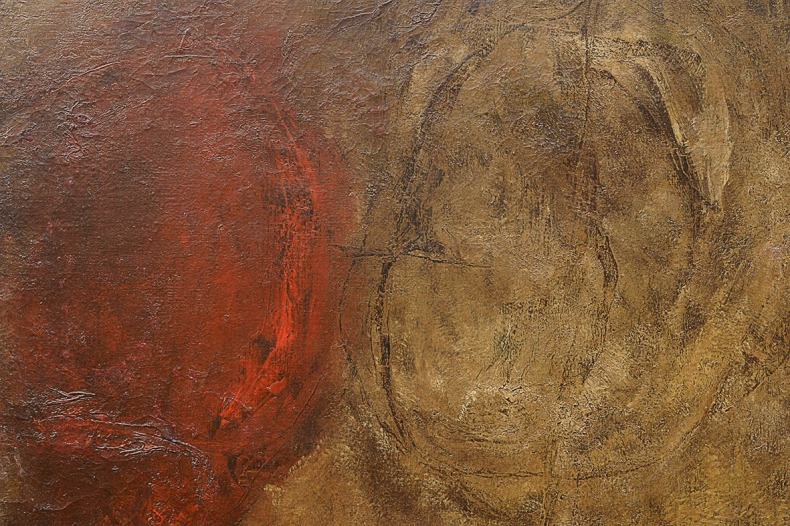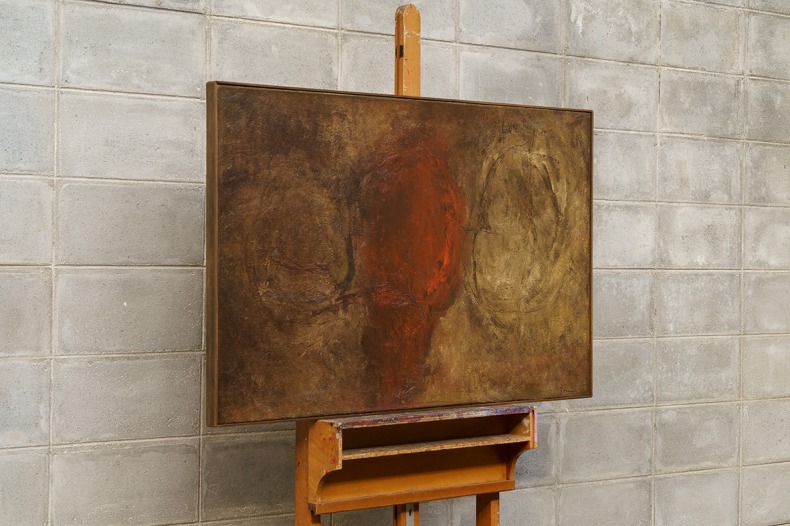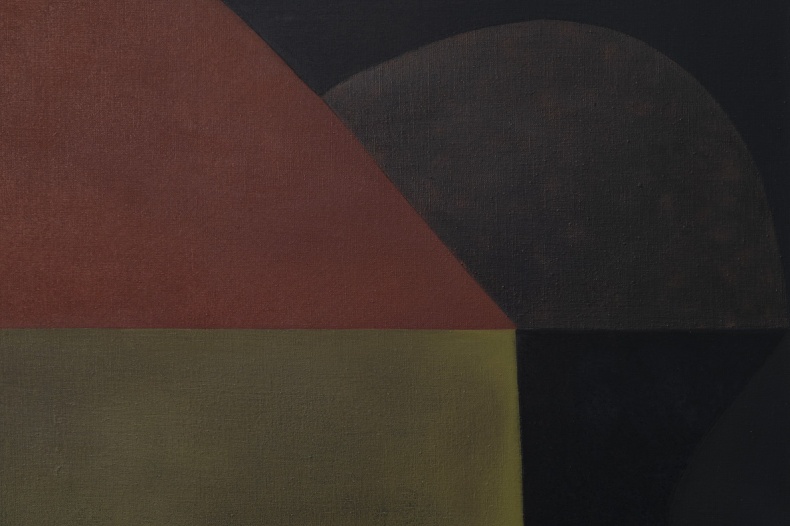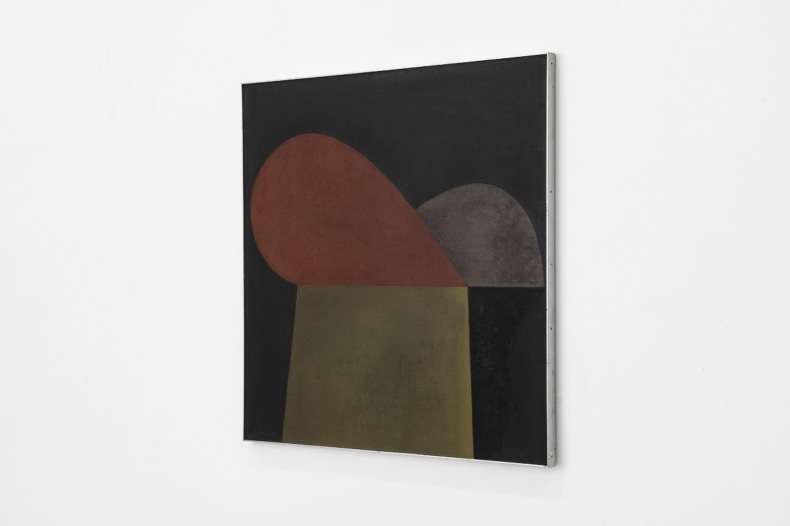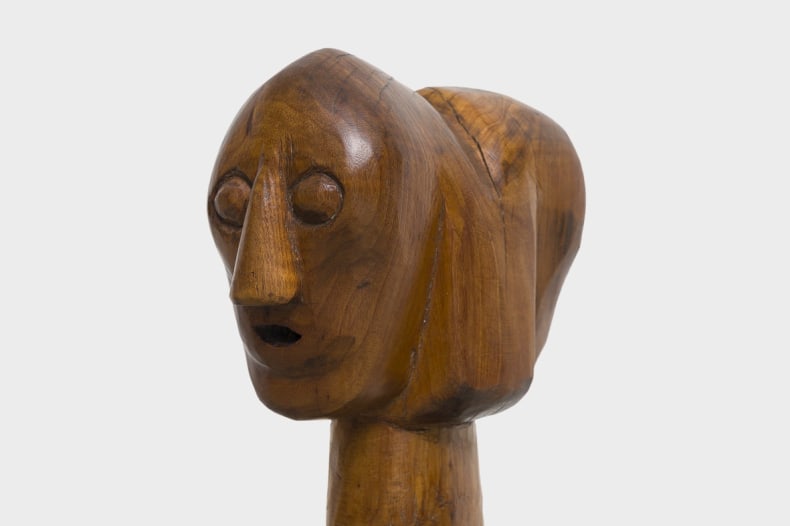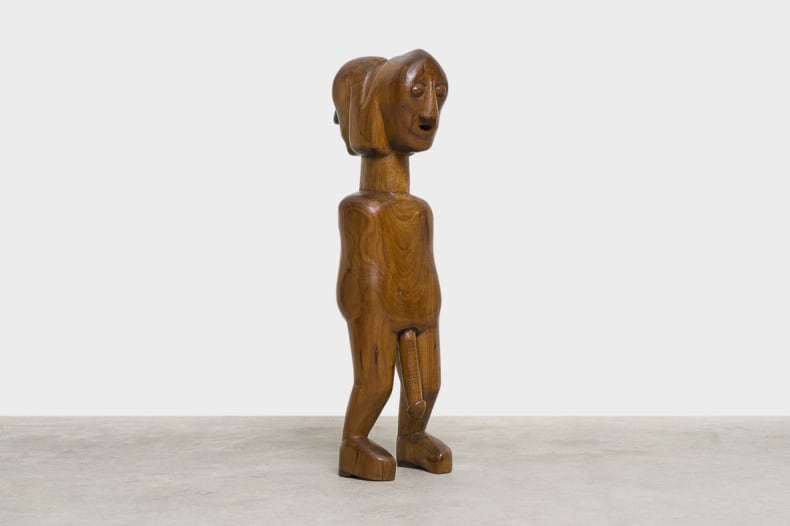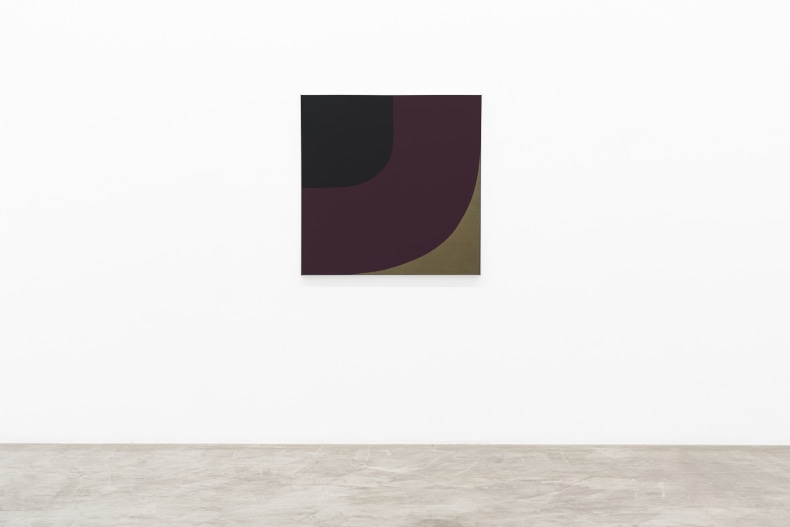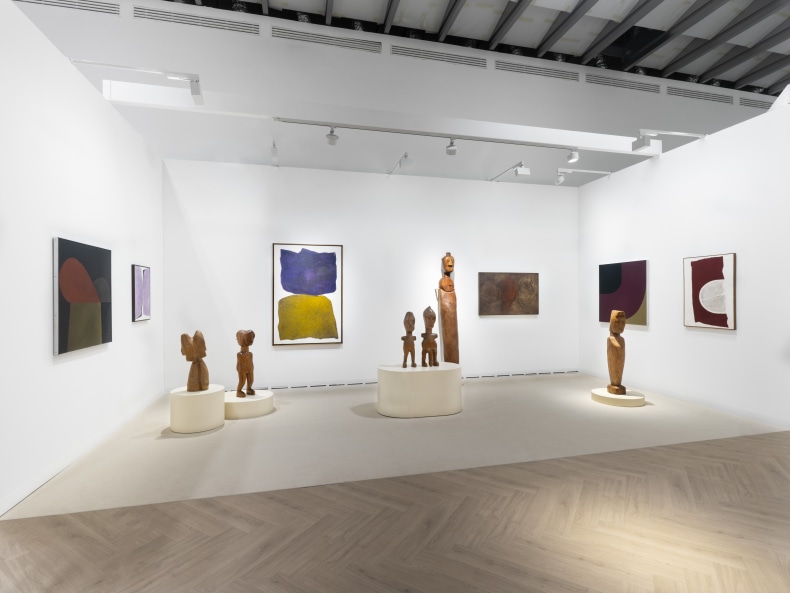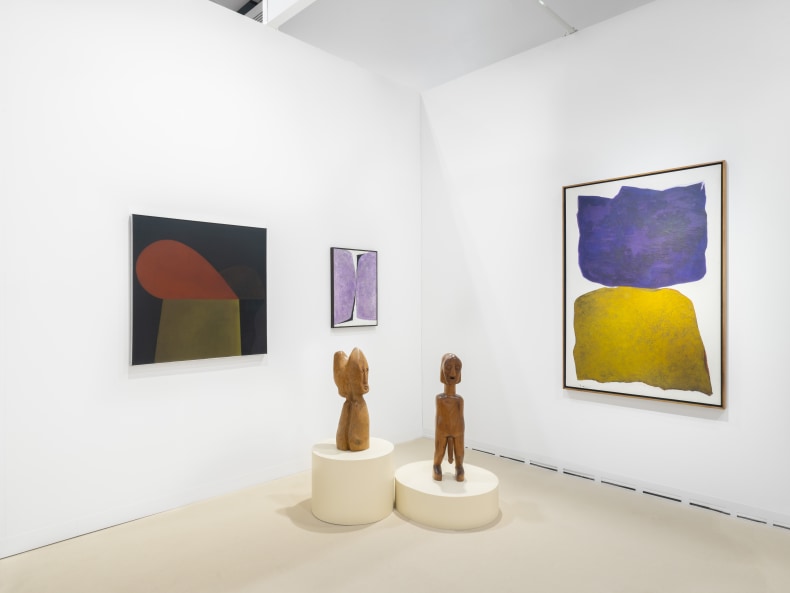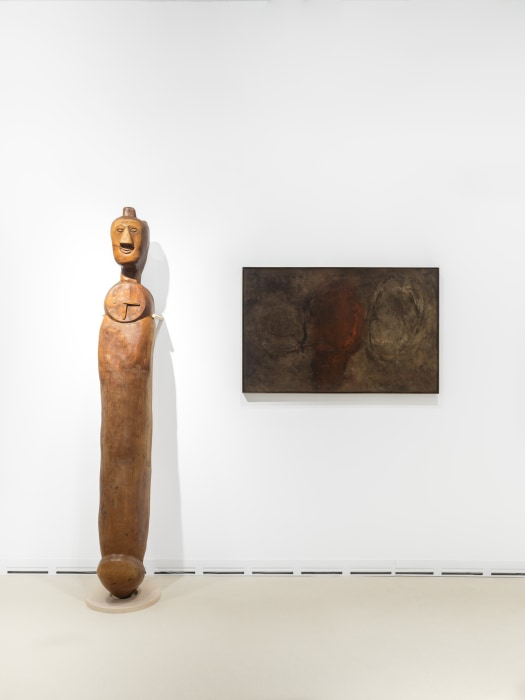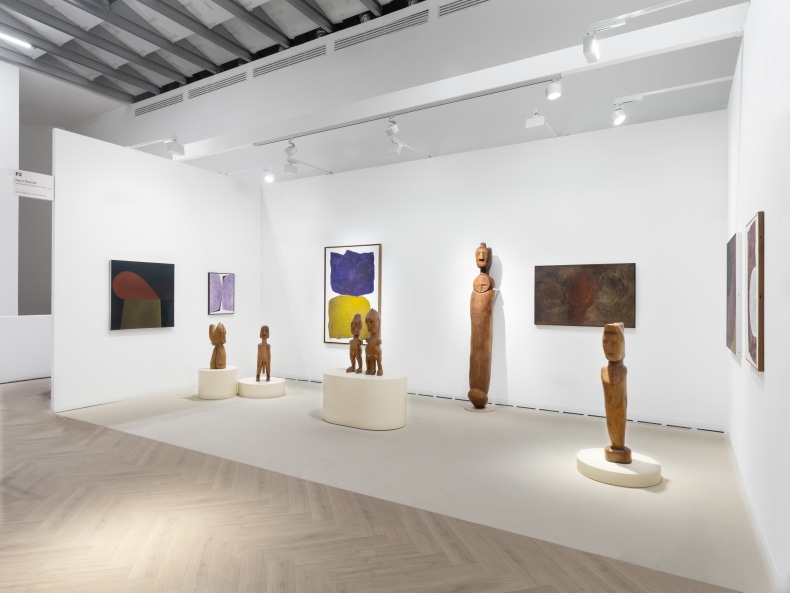For Art Basel Paris, Nara Roesler is pleased to present a project featuring selected works by two pioneering Brazilian artists from the 20th century: Tomie Ohtake (Japan 1913 - Brazil 2015) and Chico Tabibuia (born Francisco Silva Morales, Brazil 1936-2007).
Though radically different in their upbringing and stylistic achievements, Ohtake and Tabibuia share a profound connection as they represent two non-Western sources of spiritual inspiration for their art: Ohtake, the Japanese immigrated to Brazil, and Tabibuia, the illiterate, liminal art brut creator inspired by his Afro-Brazilian diasporic origins.
The otherness that informs both Ohtake’s and Tabibuia’s art resonates formally through a strange coincidence: the persistence of organic shapes in hybrid-like structures. In Ohtake’s abstract paintings, these shapes are rounded and slightly anthropomorphic, while in Tabibuia’s sculptures, they are sexualized and anamorphic, often featuring, siamese-like hermaphrodite bodies.
The subtlety of Ohtake’s paintings contrasts with the literal sincerity of Tabibuia’s sculptures. However, both artists exhibit a repertoire of bi-facial bodies and shapes, characterized by the presence of fissures within them, forms nested one inside another, interconnected multiplied structures, and curved ample surfaces. These elements articulate their compositions—abstract yet organic in Ohtake’s work, and organic yet mysteriously otherworldly in Tabibuia’s.
Known for developing her unique stylistic persona by painting while blinding her eyes, Ohtake’s metaphysical approach to abstraction, drawn from Zen philosophy, always results in forms that emerge with revelatory, sacerdotal gravity, as poet Theon Spanudis noted: ‘Something very important, secret, and silent is communicated.’
In contrast, Tabibuia, who worked as a guide for blind individuals and as a woodworker, asserted that all his works, influenced by Afro-Brazilian symbolic elements and often depicting the central deity of Exu, were always the product of dream visions.
In addition to showing the work of the so-called ‘first lady of Brazilian art,’ as Pietro Maria Bardi referred to Tomie Ohtake, this project also marks a return of Chico Tabibuia’s work to the Grand Palais, where his sculptures were featured in the landmark exhibition Brésil-Arts Populaires in 1987. As Emanuel Araujo has observed, his work ‘represents the continuity of a diasporic African presence in Brazilian art.’
By bridging the two polarities represented by these two major artists, our curatorial project aims to emphasize the significance of the ‘foreign’ and the profound impact that non-Western spiritual traditions have had on symbolic production in the Global South. This translation of cultural influence results in an overlooked complexity of modern art that extends beyond the North Atlantic coordinates.
